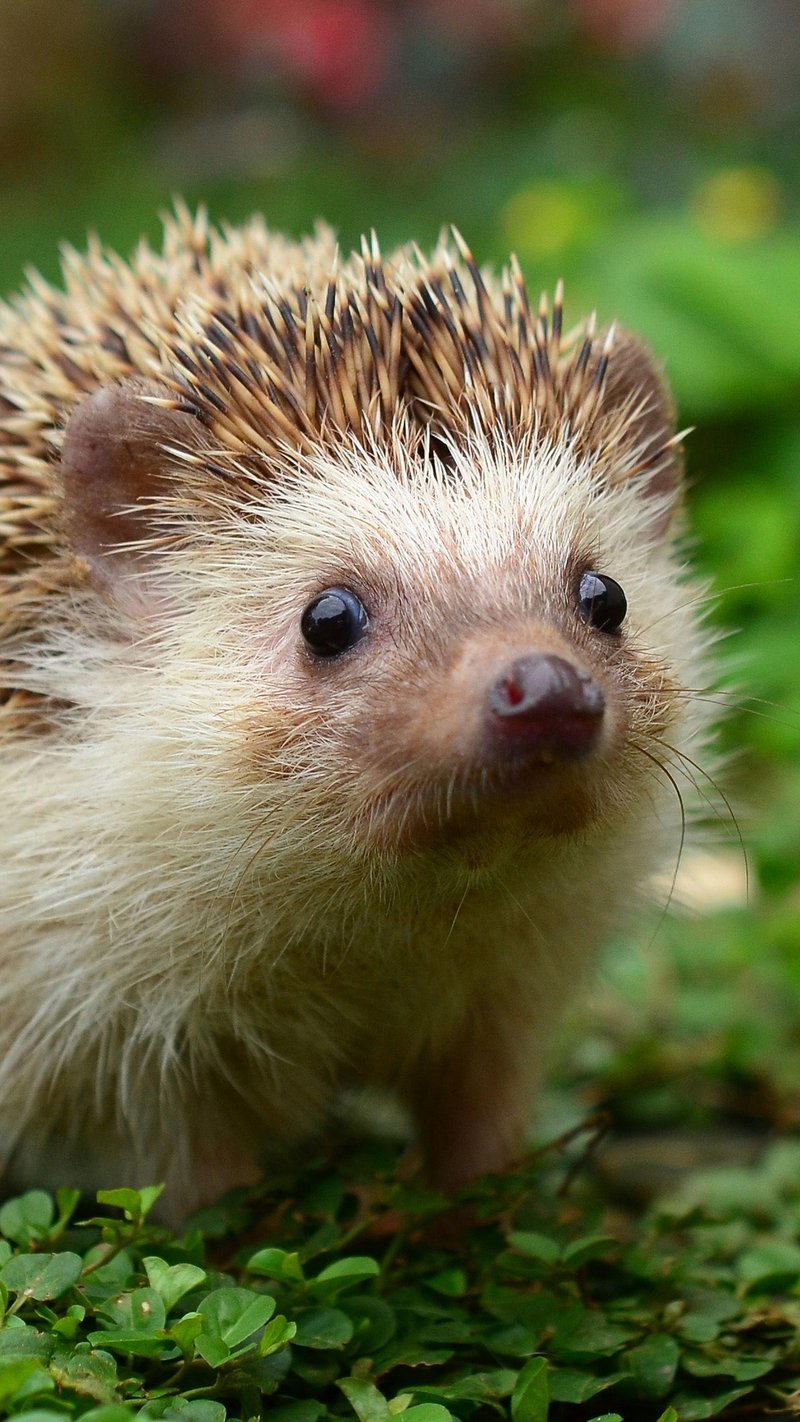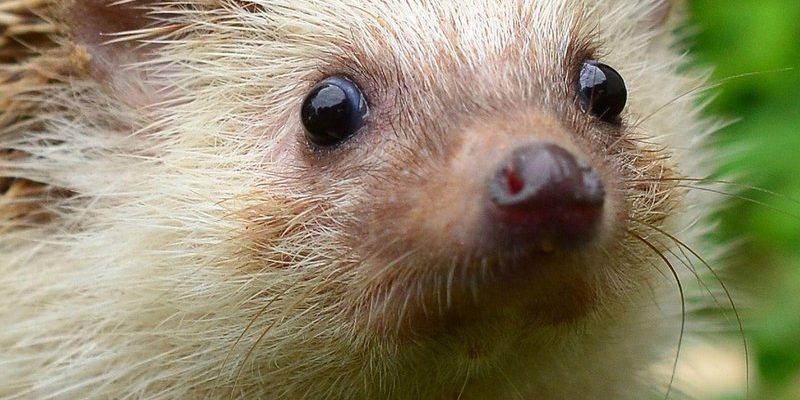
When we think about porcupines today, we might imagine them waddling through forests, munching on bark, or carefully defending themselves with their famous quills. But if we dig a little deeper, we’ll find a rich narrative that spans continents and epochs. Just like the remote for your TV reflects years of design and adjustments to enhance user experience, porcupines have undergone countless transformations to thrive in diverse habitats. So, let’s explore their evolutionary journey and discover what makes these creatures so unique!
The Roots of Porcupines: Ancestral Lineage
To understand the evolutionary history of the porcupine, we have to go way back in time. Porcupines belong to the family Erethizontidae, a branch of rodents. Their ancestors appeared over 40 million years ago during the Eocene epoch. This was a time when Earth was warm, and forests were abundant. The first porcupine-like creatures were small and lived in trees, adapting to life high above the ground where they could avoid predators.
As time progressed, these early rodents faced various environmental changes. Think of it like adapting to a new set of rules in a game; they had to modify their behaviors and physical traits to survive. Over millions of years, some of these creatures ventured out of the trees, becoming more terrestrial and evolving into the porcupines we know today.
Interestingly, their relatives include capybaras and guinea pigs. Isn’t it wild to think that the cute, chubby guinea pig shares a lineage with the prickly porcupine? This evolution showcases how diverse traits can stem from a common ancestor, similar to how different phone models are upgraded from the same technology.
The Quill Factor: Defense Mechanisms
One of the standout features of porcupines is their quills. You might be wondering how these prickly defenses evolved. The story goes back to their ancestors, who had to fend off numerous predators. Initially, porcupines relied on their size and ability to climb trees. But as threats increased, so did the need for better protection.
Over time, porcupines developed these sharp quills as a form of defense. Each quill is like a tiny spear; when threatened, a porcupine can raise its quills and turn its back on potential attackers, making it hard for them to get too close. Imagine a superhero suit covered in spikes—that’s essentially what they have! This adaptation has been particularly effective; many predators learn to avoid porcupines after a few painful encounters.
Moreover, interestingly, quills are not just defensive tools but also play a role in communication among porcupines. Yes, they can convey social signals to each other using their quills! This makes their quills multifunctional, setting the stage for a fascinating evolutionary trait.
You might be surprised to learn that there are two main groups of porcupines: New World porcupines and Old World porcupines. New World porcupines, found mainly in North and South America, are different from their Old World cousins, which roam Europe, Africa, and Asia. Let’s break it down a little.
New World porcupines are typically arboreal (tree-dwelling), while Old World porcupines tend to be more terrestrial. Imagine one type of porcupine as a graceful climber, expertly navigating the branches, while the other plods along the forest floor, digging and foraging for food. Each type reflects adaptations to the environments they inhabit.
Within these groups, there are fascinating species variations. For example, the North American porcupine has a more prominent coat of fur, while the African crested porcupine features an impressive mane of quills that can stand upright. This diversity illustrates how the evolutionary history of porcupines has led to unique adaptations across different regions, much like how different cultures develop their customs and practices.
Evolutionary Adaptations: More Than Just Quills
While quills are the most famous adaptation of porcupines, they have a host of other traits that have helped them survive over time. First off, their diet is primarily herbivorous, consisting of leaves, bark, and fruits. This ability to thrive on a varied diet has allowed them to occupy different ecological niches.
Porcupines also have an excellent sense of smell, helping them locate food and detect potential threats. This is crucial, especially since they have slower reflexes compared to other animals. Honestly, you can think of them like a wise old turtle—they may not be the fastest, but their careful observations keep them safe.
Interestingly, porcupines have developed a social structure that varies by species. Some are solitary, while others may form small family groups. This mix of adaptations means they can thrive in a variety of habitats, from dense forests to open grasslands. Just like a tech company might adapt its products for different markets, porcupines have perfected their survival methods for their specific environments.
Impact of Climate Change: The Future of Porcupines
As we look at the evolutionary history of the porcupine, we must also consider what lies ahead. Climate change poses significant challenges for wildlife, including porcupines. With shifting temperatures and changing habitats, these creatures face new threats to their survival.
Rising temperatures can affect their food sources, while habitat loss due to deforestation or urban development can limit their natural environments. This is reminiscent of how technology evolves to meet new demands; porcupines must adapt quickly or face difficulties in finding food and shelter.
Conservation efforts are critical to ensuring the future of porcupines. Protecting their habitats and understanding their ecological roles can serve as a lifeline for these unique creatures. It’s a team effort—just like how communities rally together to support a cause, we must come together to safeguard the porcupine’s place in our ecosystem.
The evolutionary history of the porcupine is a remarkable tale of adaptability and survival. From their ancient rodent ancestors to the diverse species we see today, porcupines embody the spirit of resilience. Their quills, unique diets, and social behaviors illustrate how evolution shapes life on Earth, allowing animals to fit into their environments in various ways.
As we reflect on their journey, it’s important to remember that evolution isn’t a one-time event—it’s ongoing. Just like we evolve in our understanding of technology, porcupines will continue to adapt to the challenges of their environment. By appreciating and protecting these prickly creatures, we can ensure they remain part of our world’s rich tapestry of life. So, the next time you see a porcupine, remember that you’re looking at a survivor—an animal with a history as deep and intricate as the wilds they inhabit.

